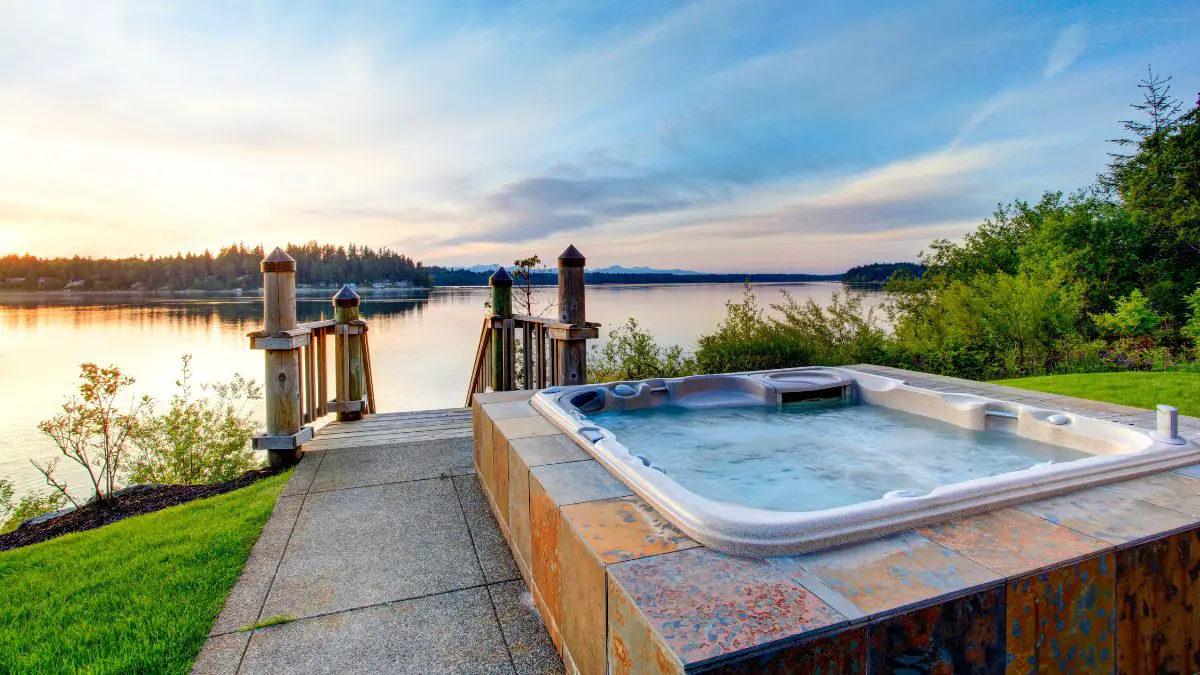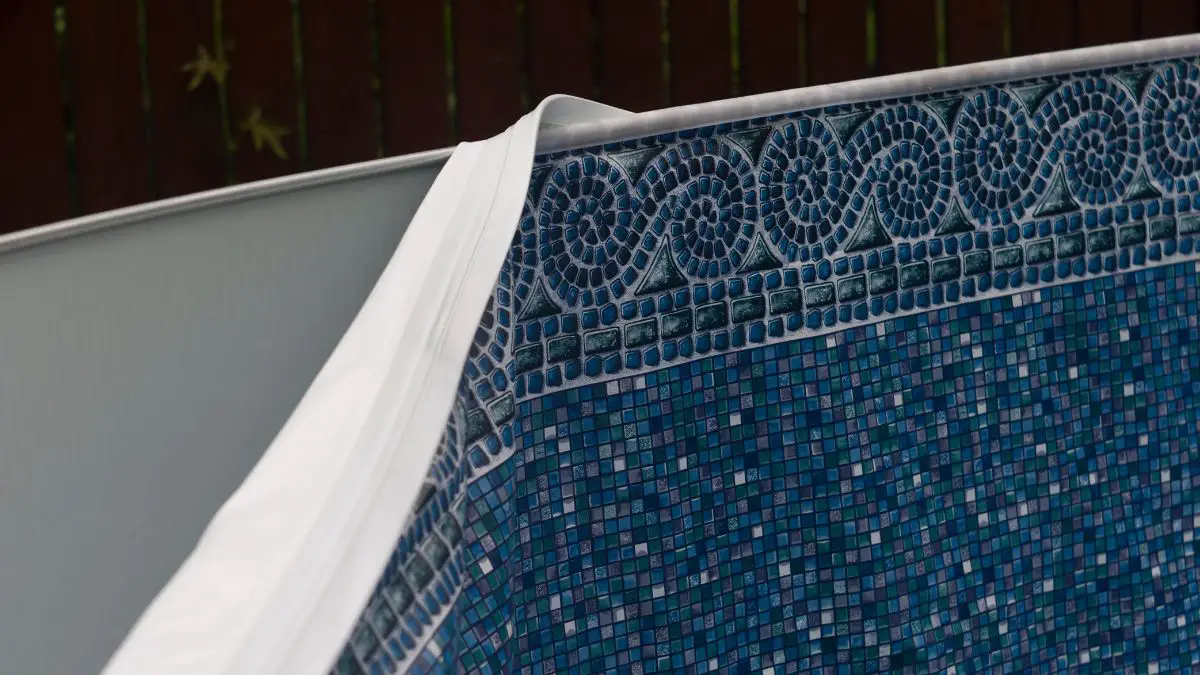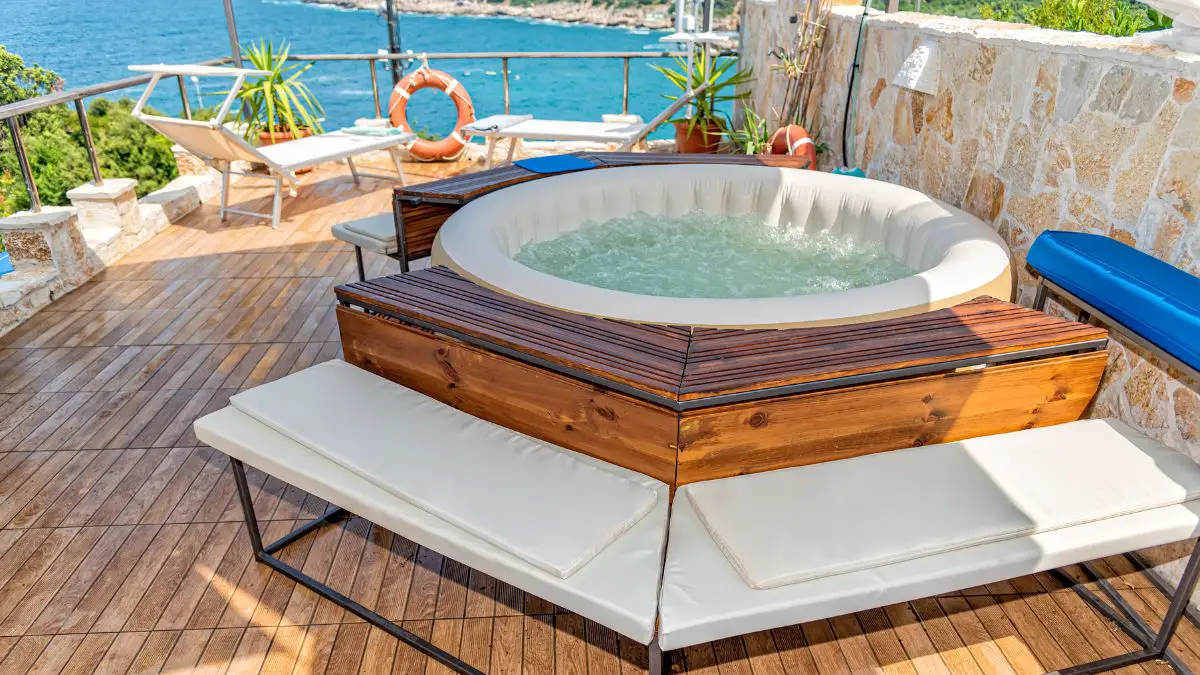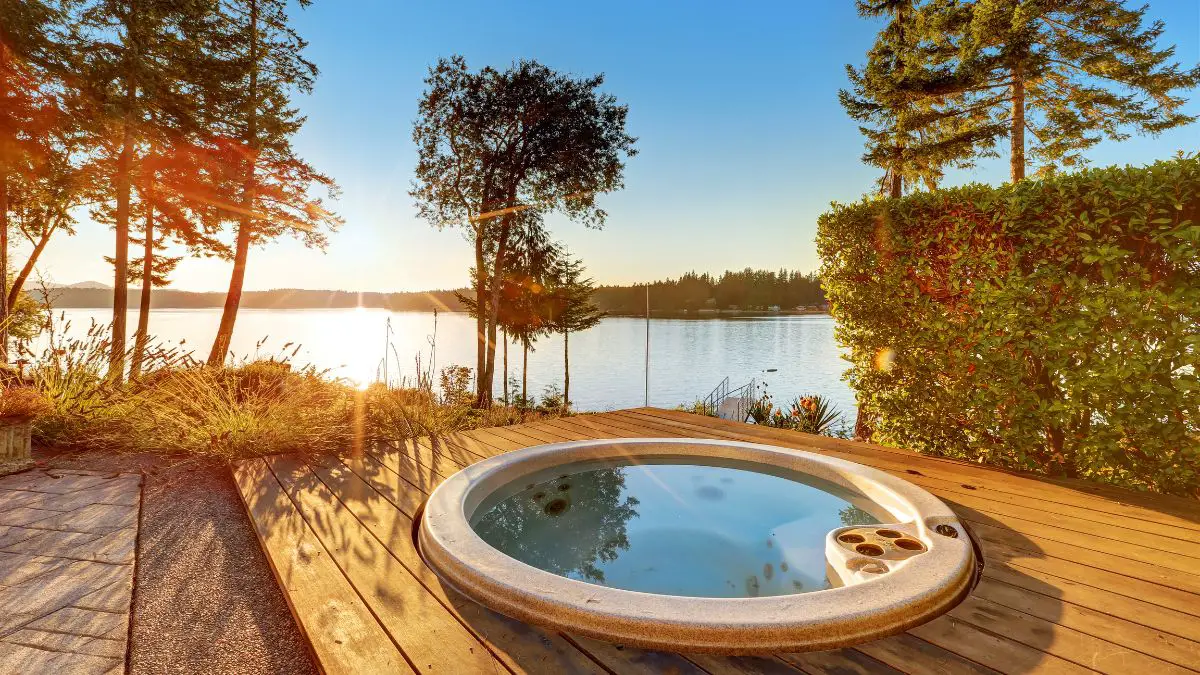The electrical requirements for a hot tub can vary depending on its size, features, and design. However, most hot tubs today require a dedicated electrical circuit with a specific amperage and voltage to operate safely and efficiently. Here’s a detailed overview of the typical electrical requirements for hot tubs:
Amperage Requirements
- Standard Hot Tubs: Most hot tubs use 40 to 50 amps of power and require a 50 to 60-amp circuit. This range is necessary to support the simultaneous operation of the hot tub’s components, such as heaters, pumps, and lighting.
- Smaller Hot Tubs: Smaller hot tubs that use 25 to 40 amps of power, typically requiring 30 to 40 amps. These models are less common and may offer fewer features or lower performance than their higher-amperage counterparts.
Voltage Requirements
- Voltage Range: The standard voltage requirement for most hot tubs is 220 to 240 volts. This higher voltage level is necessary to power the hot tub’s heating element and other electrical components efficiently.
- Plug-and-Play Models: Some hot tubs are designed as “plug-and-play” models that can operate on a standard 110/120-volt household outlet. However, these models are generally smaller and may not offer the same level of performance as those requiring a 220/240-volt connection.
Circuit Breaker and Wiring
- Circuit Breaker Size: For hot tubs requiring 50 to 60 amps, a corresponding 50 to 60-amp breaker is recommended. This ensures that the electrical circuit can handle the load demanded by the hot tub without tripping.
- Dedicated Circuit: It is crucial for safety and efficiency that the hot tub has its dedicated circuit. This prevents the home’s electrical system from overloading and ensures that the hot tub operates safely.
- Professional Installation: Due to the complexities and safety concerns associated with wiring a hot tub, it is strongly recommended to hire a licensed electrician. This ensures that the electrical connections are made safely and comply with local codes and regulations.
Safety Considerations
- Ground Fault Circuit Interrupter (GFCI): A GFCI is required for hot tub installations to prevent electrocution by cutting off power if a fault is detected. This critical safety feature must be included in the electrical setup.
- Emergency Shut-Off: An easily accessible, clearly labeled emergency shut-off switch should be installed within sight of the hot tub but not less than 5 feet away to allow quick power disconnection in an emergency.

Understanding Amps and Electrical Requirements
Let’s start with the basics. What is an Amp supply? Amp, short for Ampere, is the unit of electric current. It’s like the ‘flow rate’ of electricity. Just as you’d measure the flow of water in liters per minute, you’d measure the flow of electricity in Amps.
Now, you might wonder, how do Amps relate to hot tubs? Like any other electrical appliance, your hot tub needs some electrical current. This is where Amps come into play. The number of Amps your hot tub needs determines its electrical requirements.
For instance, how many amps does a hot tub draw, or how many amps does a hot tub pull? They ask the same thing: How much electrical current does your hot tub need to function correctly?
Understanding this is crucial because it helps you ensure that your home’s electrical system can handle the load of your hot tub. For example, if your hot tub requires a 50-amp hot tub circuit, but your home’s electrical system can only provide a 30-amp hot tub circuit, you’ll need to upgrade your system.
Now, let’s talk about the role of Amps in hot tub power and installation. Here’s how it works:
- Power Supply: The number of Amps your hot tub uses directly affects its power supply requirements. Most hot tubs require a 220 hot tub power supply, which means they need a 220-volt circuit. The Amp requirement will determine whether you need a 50-amp– or 60-amp breaker.
- Hot tub Installation: The Amp requirement of your hot tub also affects its installation process. You must ensure your home’s electrical system can provide the required Amps. This might involve installing a dedicated breaker for the hot tub or upgrading your home’s electrical panel.
- Safety Measures: Understanding the Amp requirements of your hot tub is also crucial for safety. You’ll need to install a ground-fault circuit interrupter for the hot tub, which is a device that protects against electrical shocks by breaking the separate circuit when it detects an imbalance in the electrical current.
- Energy Consumption: Lastly, the number of Amps your hot tub uses also affects energy consumption. Knowing how many amps a hot tub uses can help you estimate its energy usage and plan your electricity bills accordingly.
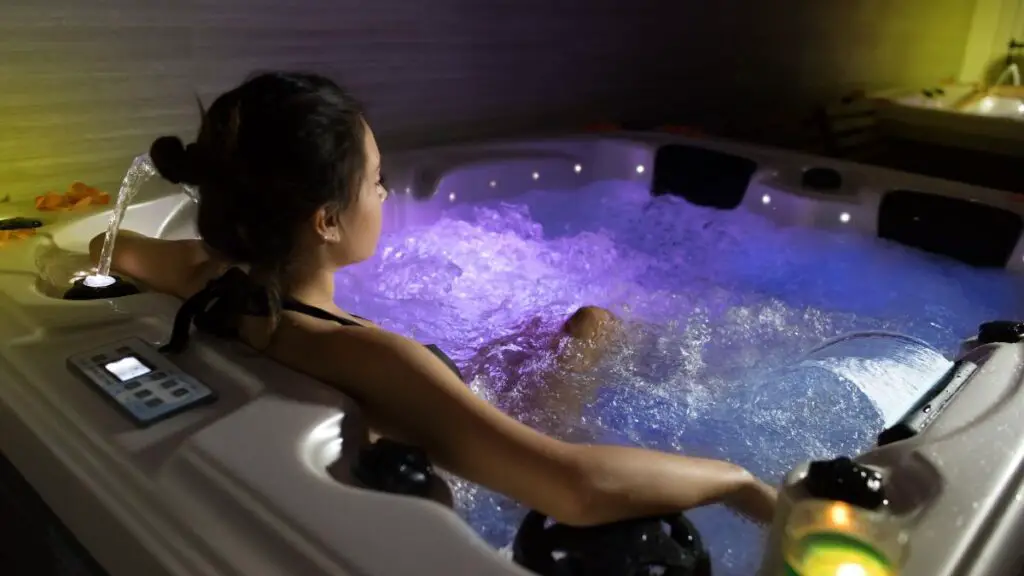
Exploring Different Hot Tub Types
1. Plug and Play Hot Tubs
Plug-and-play hot tubs, typically operating on 110v, are a convenient choice for many. On average, these hot tubs draw around 1500 watts for the heater and up to 3000W when you factor in the pump. The beauty of these models is that they can be plugged directly into a standard 15 – 20 amp outlet.
While a 20 amp hot tub may not be as efficient as larger models, it is portable. It’s an excellent choice if you frequently move houses and don’t require electrical expertise.
2. Hardwired Hot Tubs
Hardwired hot tubs are more common in the market. These units typically require a dedicated 40-to-60 amp circuit with voltage requirements 240v. When the jet and heater are activated, they draw about 6000 watts.
The significant advantage of hardwired hot tubs is their ability to run water pumps at top speed while simultaneously using the heater function. They are more efficient than smaller spas in the long run. However, they require professional installation, which can be costly.
How Many Amps Does a Hot Tub Use?
Let’s delve into the heart of the matter: how many amps does a hot tub use? The answer isn’t as straightforward as you might think. It’s not a one-size-fits-all scenario. The Amp usage varies depending on several factors, including the hot tub size, the number of jets, the heating system, and more.
Generally, hot tubs fall within a certain range regarding Amp usage. Most standard hot tubs require between 30 to 60 Amps. Smaller, plug-and-play amp models might operate on a 20-amp hot tub circuit, while larger, more luxurious amp models might require a 60-amp hot tub circuit.
What are the Factors That Influence the Amp Usage of a Hot Tub?
- Size of the Hot Tub: Larger hot tubs typically require more Amps. More water to heat and more space to maintain at a constant temperature means more power is needed.
- Number of Jets: More jets mean more power is needed to operate them. So, a hot tub with numerous jets will require more Amps.
- Heating System: The type of heating system can also affect the Amp usage. Some hot tubs have energy-efficiency heating systems that use fewer Amps.
- Additional Features: Features like lighting, sound systems, and advanced control panels can also increase the Amp requirements of a hot tub.
Now, let’s look at some examples of hot tub models and their Amp requirements:
- Compact Hot Tubs: These are smaller hot tubs designed for 2-3 people. They typically require fewer amps, usually around 20 to 30 amps.
- Medium Hot Tubs: These hot tubs are designed for 4-6 people and usually require around 40-50 Amps.
- Large Hot Tubs: These luxurious models are designed for 7 or more people. They typically require around 50-60 Amps.
Installation Requirements for Hot Tubs
So, you’ve chosen your dream hot tub and are ready to install it. But wait! Before you dive in, it’s essential to understand the electrical installation requirements for hot tubs.
Firstly, you must ensure your home’s electrical system can provide the necessary Amps for your hot tub. As discussed, hot tubs typically require between 30 to 60 Amps. This means you might need to upgrade your home’s electrical system or install a dedicated circuit breaker for the hot tub.
Why a dedicated breaker, you ask? Well, a hot tub is a significant power consumer. A dedicated breaker ensures your hot tub doesn’t overload your home’s electrical system. It also makes it easier to turn off the power to the hot tub when needed, such as during maintenance or in an emergency.
- Ground-Fault Circuit Interrupter (GFCI): This device protects against electrical shocks by breaking the electrical circuit when it detects an imbalance in the electrical current. Installing a GFCI for your hot tub is not just a safety measure – it’s a requirement by the National Electrical Code.
- Proper Electrical Wiring: The wiring connection for your hot tub should be done according to the manufacturer’s specifications and the National Electrical Code. This usually involves using the correct type and size of wire and conduit.
- Professional Installation: Unless you’re a licensed electrician, having a professional install your hot tub is recommended. They have the knowledge and experience to ensure a safe and correct installation.
- Regular Maintenance: Regular maintenance is crucial to ensure safe operation once your hot tub is installed. This includes checking the electrical components regularly and addressing any issues promptly.
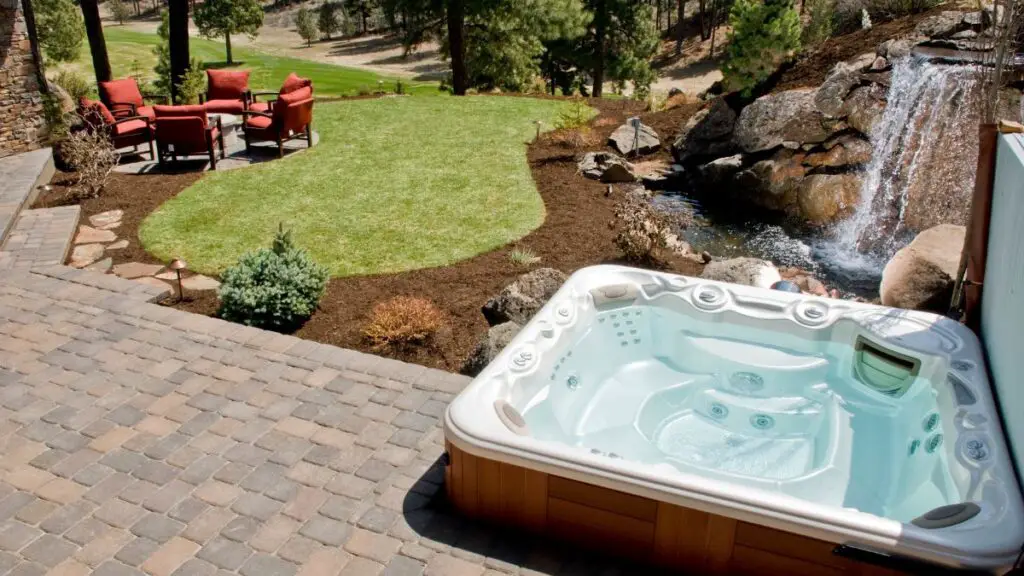
Wiring a Hot Tub: What You Need to Know
Wiring a hot tub requires a professional electrician and various tools, including electrical pliers, a tape measure, a wire stripper, tape, conduit, and grease.
Even if you’re not performing the installation yourself, understanding the process is beneficial. The electrician will begin by turning off all power to your home’s main breaker box before installing the spa panel, which should be no closer than five feet from the spa.
Next, the electrician will dig a conduit trench to accommodate the necessary wires. This part of the installation process is subject to your local area’s specifics and building code, so it’s wise to familiarize yourself with these details.
For safety reasons, ensuring that the conduit or wires do not run directly beneath your hot tub is crucial. This precaution helps prevent water from coming into direct contact with electricity.
Does a Hot Tub Need Its Own Circuit?
In short, yes. A hot tub should have its own dedicated circuit. Standard-sized hot tubs typically require a 220 to 240-V, 50 to 60-amp breaker, and a Ground Fault Circuit Interrupter.
Other devices in your home should not share the same circuit as your hot tub to avoid potential issues down the line. The circuit will power the hot tub’s jets, pump, and other electrically powered devices within your spa. Having a separate circuit is the safest and most effective approach.
How Deep Should Hot Tub Wires Be Buried?
The wires of a hot tub should be buried no less than 18 inches deep. However, it’s crucial to familiarize yourself with local bylaws before starting this process to ensure everything is up to code and safe. It’s also advisable to have a professional check for any cables or pipes before digging. This ensures your hot tub is installed correctly and safely.
These are key steps in the wiring part of your hot tub installation process. By hiring a licensed professional, you can ensure your safety, home, and family while enjoying the benefits of your hot tub.
Estimating the Electrical Cost of a Hot Tub
To estimate the energy cost of a hot tub, you can use the following formula:
Hot tub energy cost = (Watt rating / 1000) x Electricity cost x Usage (hours)
For instance, a hardwired 240v or 220v hot tub consumes 6000 watts when its heating and jet are activated. So, you divide 6000 hot tub wattage by 1000 to get 6 kWh, which is then multiplied by the cost of power, which varies depending on your location.
In the United States, where the average electricity rate per kWh is approximately $.16, you can multiply 6kWh by this number. As a result, the estimated energy cost is $0.96 per hour.
For a monthly estimate, multiply the calculated number by the total hours you use your hot tub in a month. For example, if you use your hot tub for one hour a day, totaling 30 hours per month, your hot tub’s energy cost would be around $28.8.
If you prefer not to do the math, an online calculator can estimate your hot tub’s electrical bill. You’ll need to enter the required info, such as the wattage the hot tub draws, your usage hours, and the electricity price.
Remember, this is just an estimate of the spa unit’s energy consumption. Several factors might affect its power draw, including:
- The volume of water that needs to be heated in the spa
- The thermostat settings
- The surrounding environment, especially for outdoor hot tubs where wind or ambient air might affect the water temperature
Essential Safety Guidelines for Hot Tub Installation
As mandated by local city electrical codes, adhering to safety standards during hot tub installation is crucial. Here are some key safety measures to consider during the installation process:
- Ensure an emergency switch is installed within five meters of the hot tub. This switch is invaluable when disconnecting the hot tub’s electrical supply quickly.
- Given its association with water, even a 120v hot tub should be connected to a Ground Fault Circuit Interrupter (GFCI)-protected circuit. This precaution significantly reduces the risk of electrocution.
- The hot tub’s electrical connections should not be shared with other circuits. In most instances, a hot tub requires its own dedicated wiring for safe operation.
- When providing power to the hot tub, it’s advisable to avoid using underground cables. This way, all connections are visible and easily accessible. If underground cables are necessary, consider using a metal conduit and a wire rated for direct burial for enhanced protection.
- Keep electrical gadgets, such as lights and phones, away from the hot tub. This precaution helps prevent accidental electrocution and damage to these devices.
Frequently Asked Questions
Is a 100 amp panel enough for a hot tub?
Yes, a 100 amp panel is typically sufficient for a hot tub. Most hot tubs require between 30 and 60 amps, so a 100 amp panel should provide enough power. However, this also depends on the other electrical loads in your home.
How many amps is a 220 hot tub?
Depending on size and features, a 220-volt hot tub typically requires between 30 to 60 Amps. Always check the manufacturer’s specifications to know the exact Amp requirements.
Do you need a 50 or 60-amp breaker for a hot tub?
The type of breaker you need depends on the Amp requirements of your hot tub. Some hot tubs might work perfectly on a 50-amp breaker, while others require a 60-amp breaker. Always refer to the manufacturer’s specifications.
Is 200 amp service enough for a hot tub?
Yes, a 200 amp service is typically more than enough for a hot tub. This should provide ample power for your home’s hot tub and other electrical loads.


